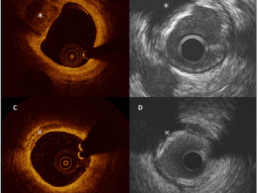What Is an Atrial Septal Defect (ASD)?
An Atrial Septal Defect (ASD) is a hole between the collecting chambers of the heart, the left and right atria. It is a common heart defect. It is found more commonly in children and may resolve with maturation. These holes rarely need cardiac surgery to be closed, as they can be closed using devices deployed through a tube from the leg.
Dr McGaw has expertise in this procedure.
